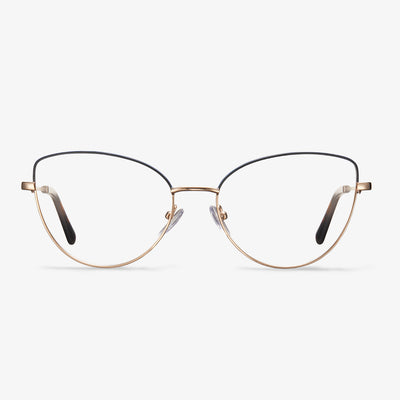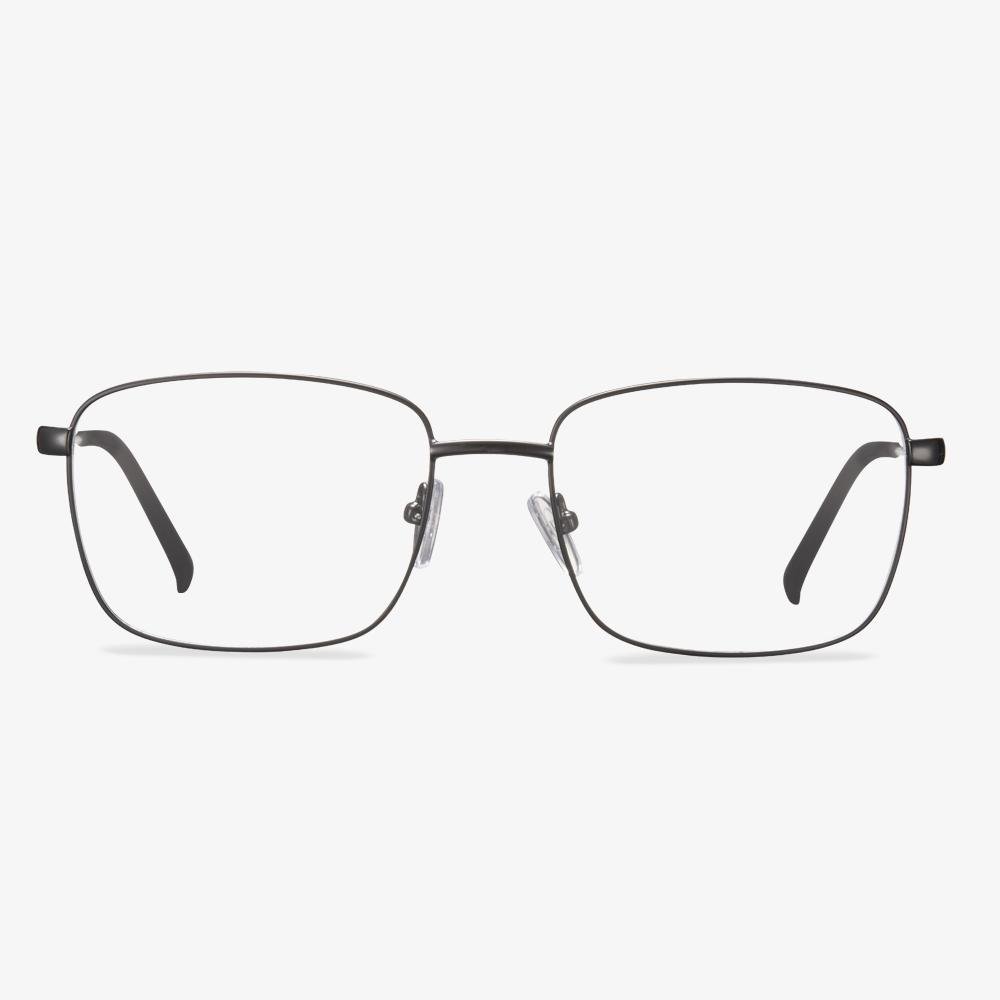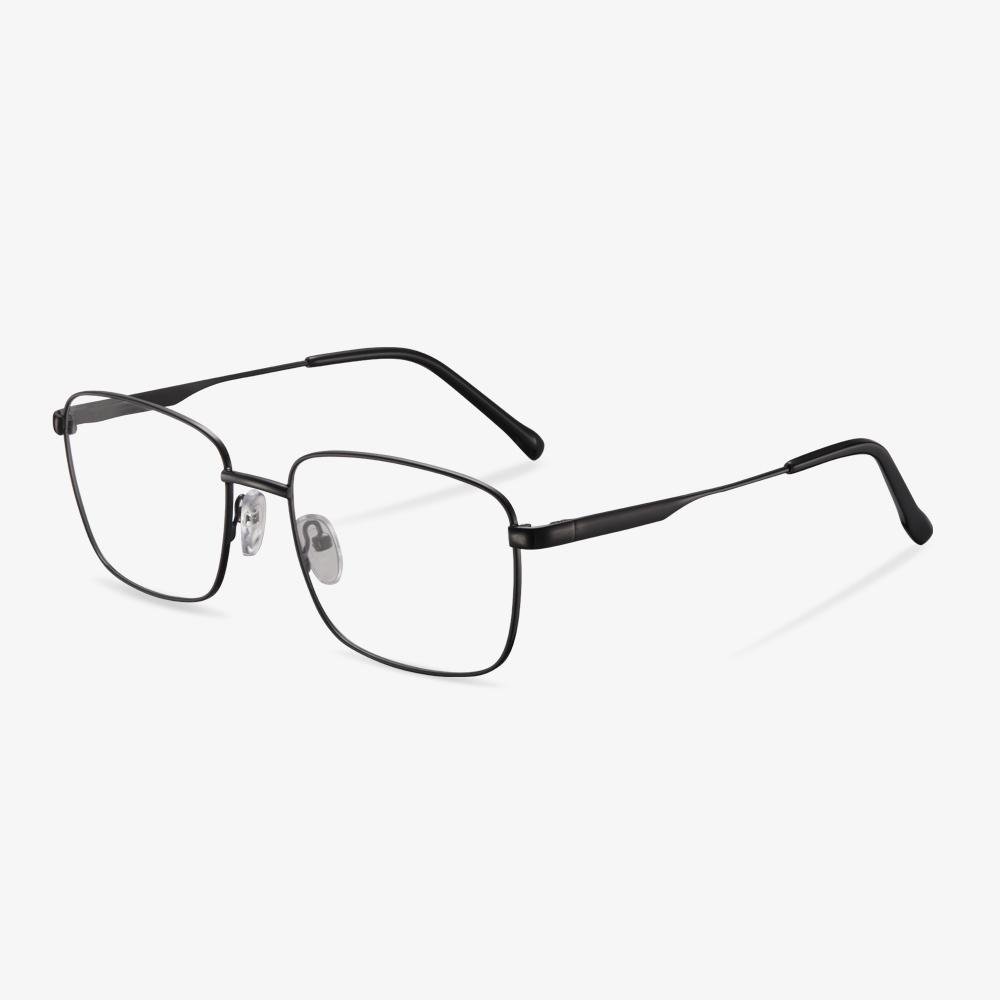Difference Between Blue Light Glasses And Regular Glasses
Studies have shown that blue light is present in many light sources in our lives, especially on screens like cell phones, computers, and televisions. The main health effect of blue light sources is the damage to the eyes. Long-term exposure to blue light sources may cause lesions in the eyes. The harm of blue light to human health can be prevented by corresponding new technology products. Among them, the anti-blue lens is one of them. So how to distinguish between blue-light-blocking glasses and ordinary glasses?
Heart-shaped face with angular glasses
The heart-shaped face is also a common face shape in daily life. This face shape is somewhat similar to the inverted triangle face shape. Generally, the chin is a relatively sharp face shape. For this type of face, the most important thing is to modify the cheekbones above the nose to highlight the slenderness of the chin. Therefore, it is better to wear a pair of angular glasses, which can effectively modify the facial lines and look more perfect.
Progressive multifocal glasses are more powerful.
On the premise of the dual vision correction effect, the progressive lens has more stable and complete functions. They provide lasting clear vision. Because the added value is continuously and slowly increased in the related area, the wearer can get a lasting clear vision from the far place to the near place through the progressive glasses. The appearance is better than that of bifocal and trifocal lenses, and there is no subplate dividing line.
The design evolution of progressive lenses
Spherical and aspheric designs
The design of the front surface of the far-use area of the early progressive lens is similar to that of the ordinary spherical single vision lenses, so it is called a spherical progressive lens. Since 1974, the front surface of the far-use region of the lens is designed to be aspheric by designers, which not only reduces the peripheral aberration but makes the lens thinner, lighter, and less powerful.
Hard and soft design
For hard design, the channel is short, and the gradient is large. The near-use area position is high. The effective visual area of remote and near-use areas was larger. Peripheral astigmatism is relatively concentrated. Because surrounding astigmatism increases rapidly and the distribution is dense, the curve effect is more obvious. The gradient area is narrow. It is more difficult and takes longer for wearers to adapt.
Lenses with soft designs have slower gradients, longer gradients, and wider gradients. The angle of rotation of the eye from the far area to the near area is greater. It's easier to get used to. Compared with the hard design, the effective visual area of the far and near use areas is smaller, and the location of the near use area is lower.
Single, diverse, and individualized design
Initially, the progressive lenses used a single design, in which each basic curve was scaled equally and a luminosity combination was added within the range of its semi-finished lens blanks. The steepest base curve uses the same lens design as the flattest base curve. Lenses designers quickly realized that the overall performance of the lens could be improved by microcustomizing the lens design, leading to progressive lenses with multiple designs. This kind of design is called diverse design. By the mid-1990s, there was the emergence of individualized lens designs. In addition to using different gradients, these first individualized lens designs used steeper baseline curves with a slightly larger approach area to compensate for increased magnification and reduced field of view.
Symmetrical and asymmetric design
There is no difference between the left and right eyes in the symmetrical design of progressive lenses. As the eyes turn inward when they see near objects, the gradual gradient area gradually tilts to the nasal side from top to bottom, so the left/right progressive lenses should be rotated clockwise/counterclockwise respectively during processing. An asymptotic lens with left and right eye divisions is called an asymmetric design. The gradient is gradually and moderately inclined to the nasal side from top to bottom. The refractive force, astigmatism, and vertical prism of the two sides of the left and right gradient of the asymmetric design lenses are basically similar. At the same time, considering the characteristics of eye movement parameters in binocular vision, the peripheral aberrations of the corresponding positions of the left and right lenses were appropriately balanced to improve the visual effect of the wearer.
What glasses make you look younger?
Oversized frames
These are great glasses for older people because they help you hide facial features that reveal your age. This type of frame will draw attention to your beautiful eyes, rather than the under-eye puffiness and wrinkles under them. In addition, oversized frames have been a trend in the past few years. Fortunately, oversized glasses come in a variety of shapes. If you have a round face, choose a square frame or a passing frame. If you have a chiseled chin and an angular face, such as a square or diamond, you can opt for oversized glasses that are round. When choosing a color, make sure it matches your hair color.
How to Choose Reading Glasses?
Find the right power. When choosing reading glasses, finding the right power would be the most important thing. All reading glasses will have signs or stickers indicating their power. In most cases, they will range from +1 to +4 diopter, in increments of +0.25. So, when choosing reading glasses, try the lowest power first.
Test-drive the glasses. If you have brought reading material with you, try reading it at a comfortable length. If you hold the material too far out to be able to read it, you should increase the power. Keep testing the differences powers until can read clearly at the distance that’s more comfortable for you.
Functional zoning of the store
After determining its own positioning, the layout and functional partition of the optical store is very important. From the overall decoration to the details of the layout, they should reflect the professionalism and coordination of the optical shop. The general partitions of the optical shops include the eyeglasses business area, optometry room, contact lens wearing area, processing room, and cashier desk. The eyeglasses business area can be divided into more small modules separately. The division of the area should have a fixed standard. For example, the arrangement of this area can be selected according to the purpose, user group, occasion, and theme of the glasses.











































